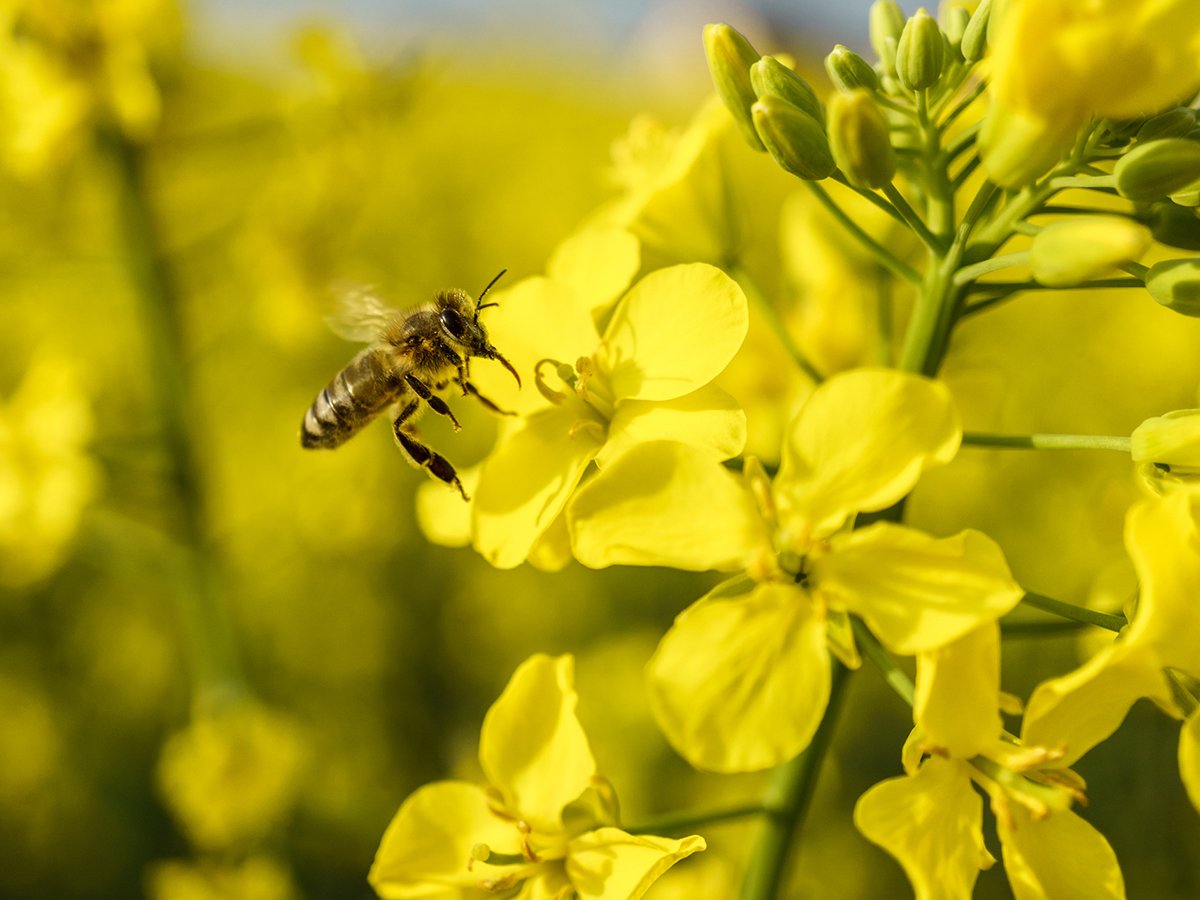If you’ve been banking on a weakening Canadian dollar to help recover some of the ground we’ve lost in the commodity markets recently, you didn’t get any new support from the Bank of Canada today.
Bank boss Mark Carney reiterated his belief that the economy is quickly rebounding from the recession, the private sector has joined the public sector in spending money again, and the decline in Canada’s economy in 2009 won’t likely be as bad as earlier predicted.
What that means in relation to anything he has any power over is this: inflation is more of a concern now than deflation, so he’s likely to be a bit tighter with the Loonie going forward than he was a few months ago.
Read Also

Invigor Gold variety viewed as threat to condiment mustard
Invigor Gold, the canola-quality mustard developed by BASF, is on a collision course with Canada’s condiment mustard industry. It’s difficult to see how the two can co-exist.
This isn’t great for farmers, because any firming of his hold on the Loonie reduces its chance of falling against the U.S. dollar. The dollar has risen once more to near 93 cents and some are calling for it once more to reach “parity,” or one for one equality with the greenback.
Carney is aware of this problem and has referred to it a number of times, and one of his deputies recently suggested the bank might use its various tools to increase the money supply in order to at least mellow out the dollar’s risiness. But today he didn’t add to that suggestion. The Bank of Canada can’t weaken the Loonie in the traditional way of dropping interest rates because they’re lying on the floor right now at 0.25 percent and can’t really go any lower, so “quantitative easing” might have to be used some time. Carney has said that he doesn’t think interest rates should be raised until at least July 2010, so that’s a passive form of allowing the dollar to weaken, but everything relies on what happens to the U.S. dollar.
Farmers, selling most of their products into markets dominated by U.S. dollar pricing, can only stand and watch. That’s not been much fun as even hoped for rallies in commodities like hogs get watered down by the strengthening Canadian dollar.















